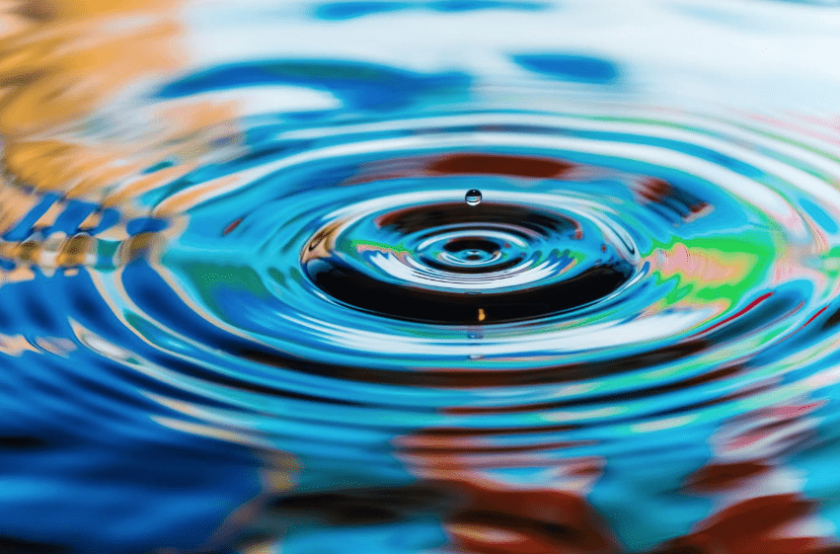When it comes to running a business, one of the most important things to consider is how much water you will need and How are your commercial water rates calculated? Will you be billed for every gallon, or will it be based on usage? These are all important considerations when deciding what to budget for your water usage and determining what type of plan is best for your business.
In this blog post, we will cover the different types of water usage and rates, how to estimate your needs, and ways to reduce your expenses. Whether you’re just starting a business or already running one, this information will help you make decisions that are both financially and environmentally responsible.
Identify What Types of Water Needs You Have
The first step in evaluating your commercial water usage and rates is to identify what types of water needs you have. Different businesses have different water requirements. Some may need primarily drinking water, while others may need water for industrial processes or for agricultural irrigation.
It is important to identify what type of water you need, as this will inform the rest of your evaluation. Additionally, consider any future water needs that you may have in order to determine the best long-term solution.
Understand the Water Rates of Your Local Authority
It is important for businesses to understand the water rates of their local authority. The rates can vary widely from one region to the next, so it is important to evaluate the costs of water use before signing any contracts.
Acquire information on the rates from your local authority, and compare them with those offered by other vendors. Research any additional fees or deposits, and ask your local authority if there are any discounts or incentives available. Additionally, be sure to ask about any seasonal fluctuations in the rates, as these can affect the cost of water usage.
Analyze the Volume of Water Needed for Your Commercial Operations
The first step in evaluating your commercial water usage is to analyze the volume of water needed for your operations. This can include everything from water used for daily operations like cleaning and cooking to more specialized needs like irrigation and manufacturing processes.
Taking into account the size and scope of your operations, as well as any potential peak usage times, will help you determine the volume of water you need. Additionally, understanding operational processes and equipment can help you identify any potential water-saving opportunities. Once you have a better understanding of your water needs, you can begin looking into the water rates and contracts that best fit your specific needs.
Assess Potential Water Conservation Strategies
Once you have completed a thorough assessment of your current water usage, you will have a better understanding of your water needs. From there, it is important to assess potential water conservation strategies to help you meet your water needs in the most efficient manner. This will involve evaluating the potential water savings of various water management strategies and technologies, such as water reuse, improved irrigation practices, low-flow fixtures, and other options.
By evaluating the potential water savings of each strategy, you can determine which options are the most suitable for your business in order to reduce water consumption and save costs.
Consider the Cost of Water-Saving Equipment
When considering water-saving equipment, it is important to consider the cost of the equipment and the long-term savings that it can provide. Water-saving equipment can range from simple water-saving showerheads and faucets to more advanced water-saving toilets, dishwashers, and washing machines. The upfront cost of the equipment may be expensive, but the long-term savings can be significant. Be sure to weigh the cost of the equipment against the potential savings to determine if it is a worthwhile investment.
Research Water Usage Data for Similar Businesses
To determine your business’s water usage and rates, begin by researching water usage data for similar businesses. It is important to compare your business’s water usage to that of other businesses in order to identify areas of improvement and identify potential savings opportunities.
This data can be collected from a variety of sources, including the Environmental Protection Agency (EPA), industry associations, and other businesses’ websites. Analyzing this data can help you determine your current water usage and potential areas for improvement.
Utilize Water-Saving Resources and Programs
Commercial water usage can be minimized with the use of water-saving resources and programs. Utilizing resources such as water audits, water conservation measures, and plumbing retrofits, businesses can significantly reduce their water consumption.
Additionally, businesses can take advantage of government-funded water conservation programs to receive financial assistance and technical support to help them implement water-saving measures. By taking advantage of these resources, businesses can reduce their water consumption, which in turn helps to reduce their water bills and conserve water overall.
Establish a System for Tracking and Monitoring Water Usage
An important part of maintaining water usage efficiency is establishing a system for tracking and monitoring water usage. This data can be used to identify areas where water efficiency can be improved, such as identifying leaks or identifying areas with higher usage. Additionally, such a system can help identify any outliers in water usage that may need to be addressed.
This data can also be used to develop a more effective water conservation strategy. Establishing and maintaining a system for tracking and monitoring water usage is essential for businesses to maximize their water usage efficiency.
Conclusion
Water conservation is essential for businesses to maximize their water usage efficiency and reduce their costs. Through assessments, research, resources, and tracking systems, businesses can reduce their water consumption and create a more sustainable water strategy that meets their needs in the most efficient manner possible.
By implementing these strategies, business owners can make sure that they are conserving water and achieving cost savings. Taking steps to develop an effective water conservation strategy can help ensure that businesses are able to meet their economic goals while making a positive contribution to the environment.
 NaijaVibe NaijaVibe | Download Latest Nigerian Music & Mp3s
NaijaVibe NaijaVibe | Download Latest Nigerian Music & Mp3s





